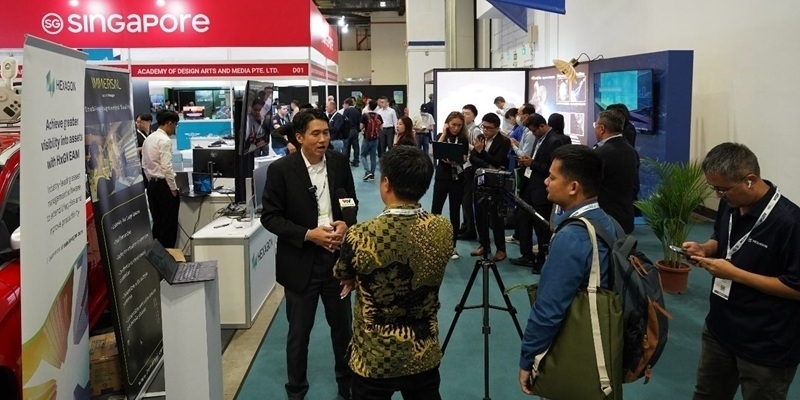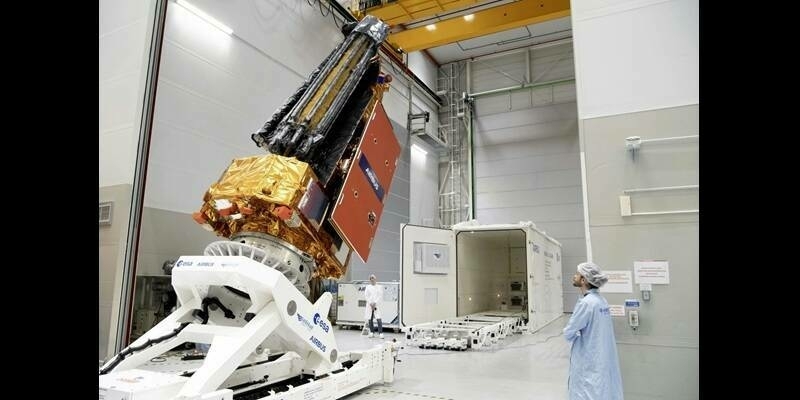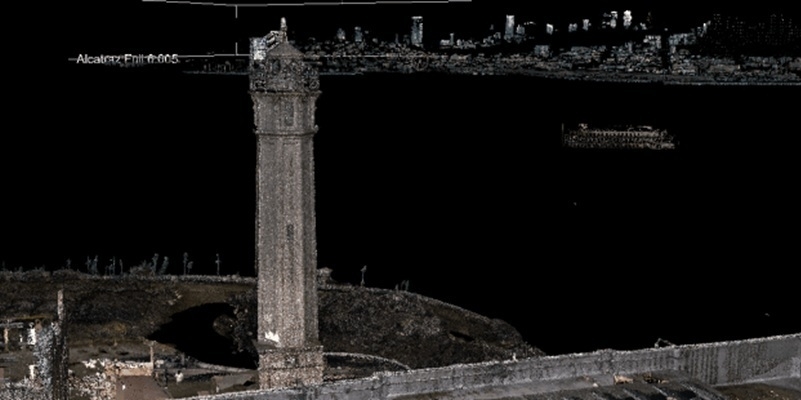After a long field-testing campaign the GMV-developed avionics system for PLD Spaces’ MIURA 1 launch vehicle has successfully passed its Qualification Acceptance Review (QAR), clearing it for fitting in this suborbital launch vehicle, one of the essential prelaunch conditions.
Since 2017 GMV has been working on the design, development and qualification of a complete avionics system for the space probe MIURA 1. This system takes in all vital avionics items for a classic launcher, such as the power subsystem; data management subsystem; guidance, navigation and control (GNC) system; onboard software; payload management; telemetry plus the autonomous tracking technology and the termination system.
Key features of the avionics system designed and developed by GMV in collaboration with PLD are its modularity and scalability. Other fundamental aspects are its use of COTS parts and the availability of advanced technology that guarantees the required performance at an affordable cost.
This notable event is the payoff from the systems’ busy field-testing campaign. In October, after the system had successfully passed its design review, work began on functional verification with thoroughgoing validation activity carried out on GMV’s Tres Cantos avionics testbed. Next step was its environmental qualification tests (vibration and thermal tests) on ALTER’s site. In mid-December, after all recorded data had been analyzed in depth, the system’s full functionality was duly confirmed.
The avionics system is one of the most critical parts of any launcher. It collects and works up information from the sensors and takes due and timely decisions accordingly for the actuators to carry out the launcher’s required maneuvers.
Design and development of these avionics systems are also especially complex in such a fiercely competitive market involving the participation of a host of very different types of organizations, from the well-known launch service providers to the newcomers to the microlauncher world.
GMV has managed to maintain the functions of a classic launcher (Ariane, Vega, etc) while duly adapting them to a smaller vehicle with different performance features. GMV has risen to this challenge by applying new technology and design processes, thereby not only cutting costs but also shortening development times. In less than three years development has moved on from definition of requirements to qualification and complete system acceptance by the European Space Agency (ESA).
This development represents another stride forward in GMV’s avionics business, as the first time the company has made, integrated and qualified a complete system. Since 2009 GMV has been participating in the integration of several of ESA’s avionics system, such as the Advanced Generation European Vehicle, VEGA, and the IXV reentry vehicle. GMV has also taken part in launcher-avionics research projects, such as the European Commission’s technology demonstrator SPARTAN (Space Exploration Research for Throttleable Advanced Engine) and ESA’s New Generation Launcher and Space Transportation Advanced Avionics Testbed (NGT-ATB).
Subscribe to our newsletter
Stay updated on the latest technology, innovation product arrivals and exciting offers to your inbox.
Newsletter

